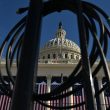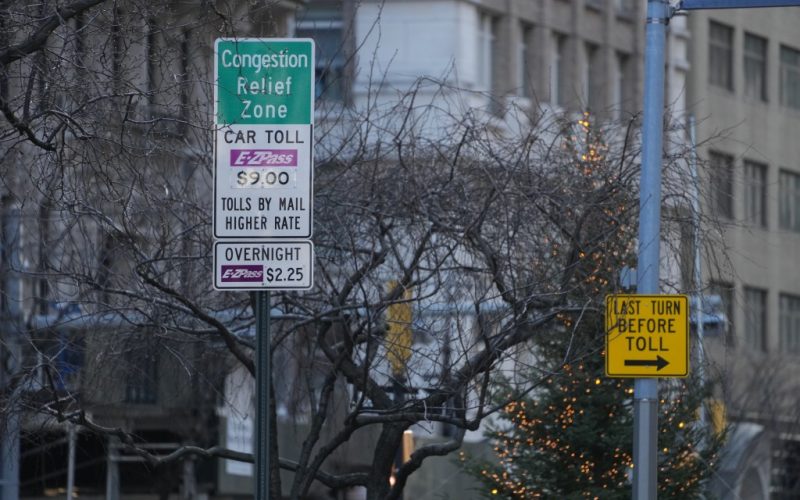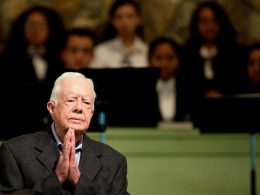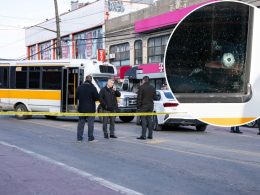As very big supporters of congestion pricing, we are thrilled by the early indications of reduced traffic in Midtown and Downtown; now the MTA must provide details on the revenue generated from the new toll on vehicles driving below 60th St.
The two-fold promise of congestion pricing, and why we have championed it for decades — long before any of the politicians and the MTA — is that it will bring down traffic (along with air and noise pollution, crashes and tie ups) and it will produce money to fund mass transit.
While there seems to be a consensus that traffic is down, either by actual measurement or just anecdotal evidence, just two weeks in is still far too early for a rigorous evaluation of vehicle congestion levels.
So how about the new income to bolster the subways, buses and commuter rail?
The large majority of drivers have E-ZPass transponders on their windshields, so the MTA knows immediately who’s been crossing into the zone since the detectors and cameras were activated two weeks ago. As is the case with the MTA’s tolled bridges and tunnels, it takes three days for a charge to appear on an E-ZPass account, but there are a lot of other variables.
After capturing and recording the ID of the car or truck, the computers must determine if the vehicle is entitled to one of the various discounts or exemptions based on income or disability status. Or did the driver stay on the West Side Highway or the FDR the entire time, so therefore no fee is imposed? Was the entry during daytime with a standard $9 fee or in night period when the cost is $2.25?
Still, the computers should be able to figure all that fairly quickly and when we pressed MTA officials on the figures, they said that the dollar numbers will be fully reported once a month, along with all other MTA revenues.
They reminded us that those minority of drivers without an active and updated E-ZPass will be mailed an invoice for the tolls (which are 50% steeper, or $13.50) but those billing statements don’t close until the end of the month.
And there’s an even longer lag time until the MTA gets data on the $1.50 for each Uber and Lyft trip in the zone, which won’t come in until February. For yellow taxis, where the fee is 75 cents per trip, the first month’s info will arrive in March.
But they insist that once the first sets of numbers from the various streams commence, every cent will be publicly reported every month.
They need to go further and also break down the vehicle types (cars, trucks, motorcycles), zip code of registration, times and days of entry, entry point. And as part of this there needs to be a tally of those cheaters without E-ZPass who are illegally obscuring or hiding their license plates. That is theft and a crime and the perpetrators must be caught and punished.
We are convinced that the initial unpopularity and apprehension about congestion pricing — as happened in Singapore, London, Milan and Stockholm — will change in New York (as happened overseas) when traffic improves.
Having all the facts and figures about who is paying the fee is also essential for transparency and for public awareness.








